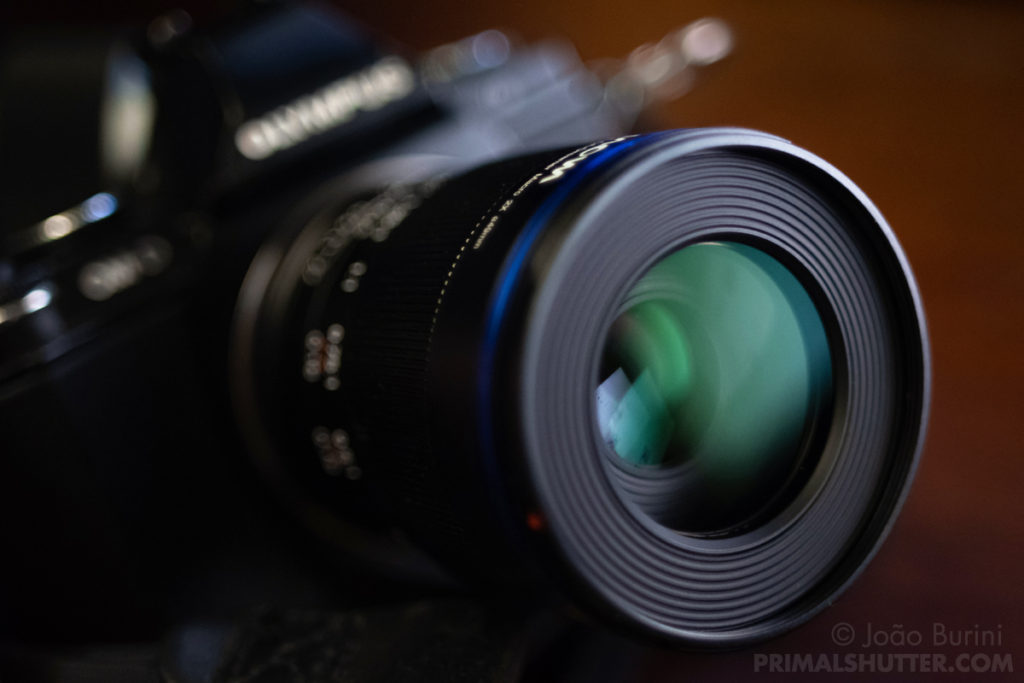
Time to give my input on this new Laowa 50mm macro after using it enough now, this is just a bit more extended version of my YT review and with different photos, in case you want to see the lens in action and how it looks on hand I’ll also leave the video link here:
If you aren’t familiar with Venus Optics / Laowa, they have been putting out some first in their class and high quality lenses recently specially in macro and wide angle – after they released a 65mm 2x for aps-c I started getting tempted to get one for my Fuji, but that 65mm having a manual aperture without camera contacts put me off as usability wouldn’t be so different from a reverse lens, except that I’d still have focus to infinity.
Anyone who follows me knows my way of shooting macro is low budget, I’m always reversing cheap lenses and only recently I got my first actual macro lens, the Olympus 30mm, mainly because I was curious about it’s wide perspective and I couldn’t let it pass for only U$120, but beyond that I never had much interest in normal 1:1 macro lenses mostly because I’d have to always be using attachments for more magnification anyway. My alternative setup when I wanted electronical aperture control was attaching an achromat to a tele lens, but I still always liked more the perspective I get being closer with the reverse lenses.
Now enter the Laowa 50mm 2x designed specifically for m4/3, smallest as it can be without wasting the image circle and complete with an aperture control chip, it will even save lens exif and let the camera know when you turn the focus ring (which is still MF)
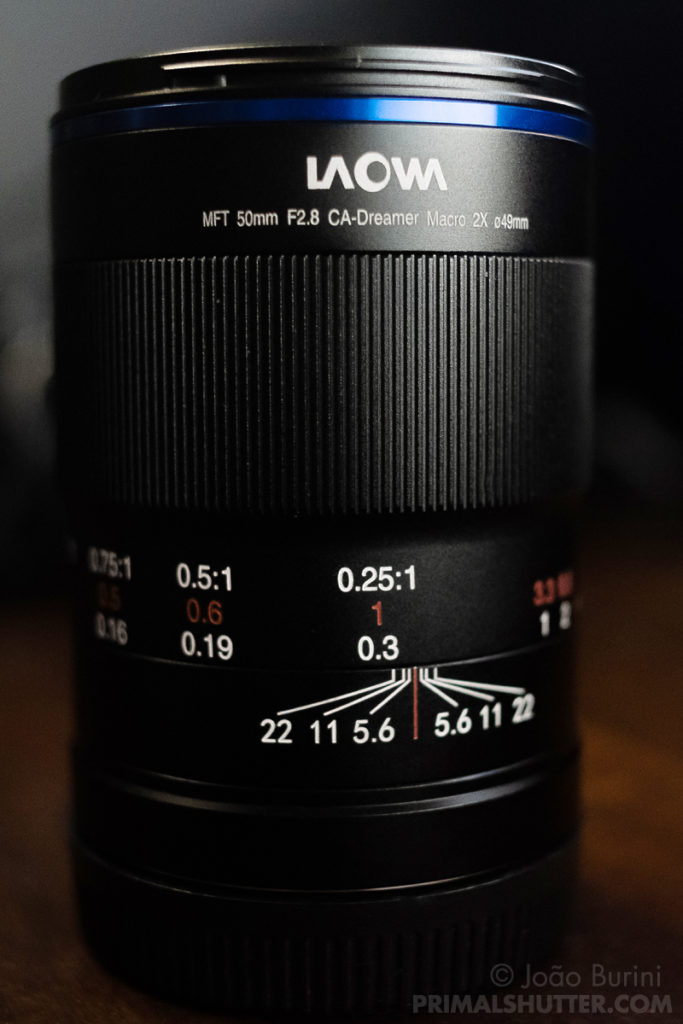
First thought holding the lens was that it’s heavier than what it looked, it’s a small lens but feels much more solid than my plasticky 45-175 the same size, the construction is all metal (including the focus ring) and focusing is all internal, the lens doesn’t extend as you change magnification, this is one of my favorite parts of it too. In the past Laowa made a 60mm macro for full frame that pushed the glass elements forward as you focused closer, and the lens frame in the front was just empty to accommodate that (you literally had to screw a UV-filter to ‘close’ the front of the lens), that felt like a very ‘artificial’ internal focus, this time on the 50mm it seems the front element is actually part of the optical formula standing where it is. One thing I can complain about the body is that it’s not weather sealed, but I’m expecting it to be well protected regardless since the lens doesn’t extend. I’d also prefer if the focus ring was a bit easier to turn, just because I shoot single handedly holding the flash on my other hand, so it’s much easier when I can change focus with just one finger instead of needing to grab the focus ring.
Sharpness is impressive wide open even on the camera lcd, zooming in on the back of the camera surprised me with the detail even before viewing my first photos on the computer screen.
I shot this test with moth scales at 2:1 magnification, and if there’s any difference between center and corner, it’s so small I can’t notice it, it was great to see this consistency in quality. It’s surprising that f/2.8 is the sharpest aperture (at least in 2:1) and resolution just decreases from there, between f/2.8 and f/5.6 the difference is so minimal you really have to peep at 200% to notice it, beyond that the degradation starts to get more obvious (and diffraction blurriness happens with every lens). At 2:1 vignette is pretty noticeable wide open, in the video review you can easily see the corners brighten up between 2.8 and 5.6, at 1:1 the vignetting is less pronounced.
The working distance is approximately 4.5cm for 2:1 and 5.5cm for 1:1, this gives me a perspective that doesn’t look too ‘zoomed in’ and is still comfortable enough to work with.
Being realistic, if I disregard the outstanding performance wide open, at 2:1 in my usual shots stopped down to f/8 or 10 no one would be able to tell the difference against my photos taken reversing lenses, so having this Laowa is actually feeling more like a luxury of making the shooting experience easier – I can’t stress it enough the difference it makes to be able to easily judge focus with the aperture kept open with the electronical contacts, it’s a breeze to shoot with it.
The APO designation of this lens is also fantastic, chromatic aberration control is the best in any lens I have used, CA removal is generally part of my default raw processing but I didn’t see it showing once in any photo, there’s also not a hint of longitudinal aberration in the out of focus areas, the bokeh is always clean of fringing.
Speaking of bokeh, I did some stress test on a busy background and it didn’t do so well at portrait distances, it can show some very bright edge rings. The Laowa 50mm is equivalent of a 100/5.6 so not that useful specs for portraits regardless.
Otherwise in macro or non terribly contrasty scenes the out of focus areas are smooth, and stopped down the bokeh shows a polygonal shape of the 7 aperture blades:
For me this is Laowa is now the best macro option in m4/3 if budget is not an issue, as I said, I wouldn’t normally consider lenses that do only 1:1, and besides being a 2:1, having the electronic aperture control makes it terribly easy to shoot at high magnification. I’m always looking at other systems (playing with Fuji now), but this 50mm definitely puts a lot of weight in my decision to stay in the mft system, at least for macro.
Flickr gallery where I’ll be uploading more samples from time to time: https://www.flickr.com/photos/techuser/albums/72157716804519941
Lens price at launch (2020) is U$399, if you intend to grab one you can check how much it’s going for now at the official site https://www.venuslens.net/product/laowa-50mm-f-2-8-2x-ultra-macro-apo
or through my Amazon affiliate: https://amzn.to/2UyLFxl

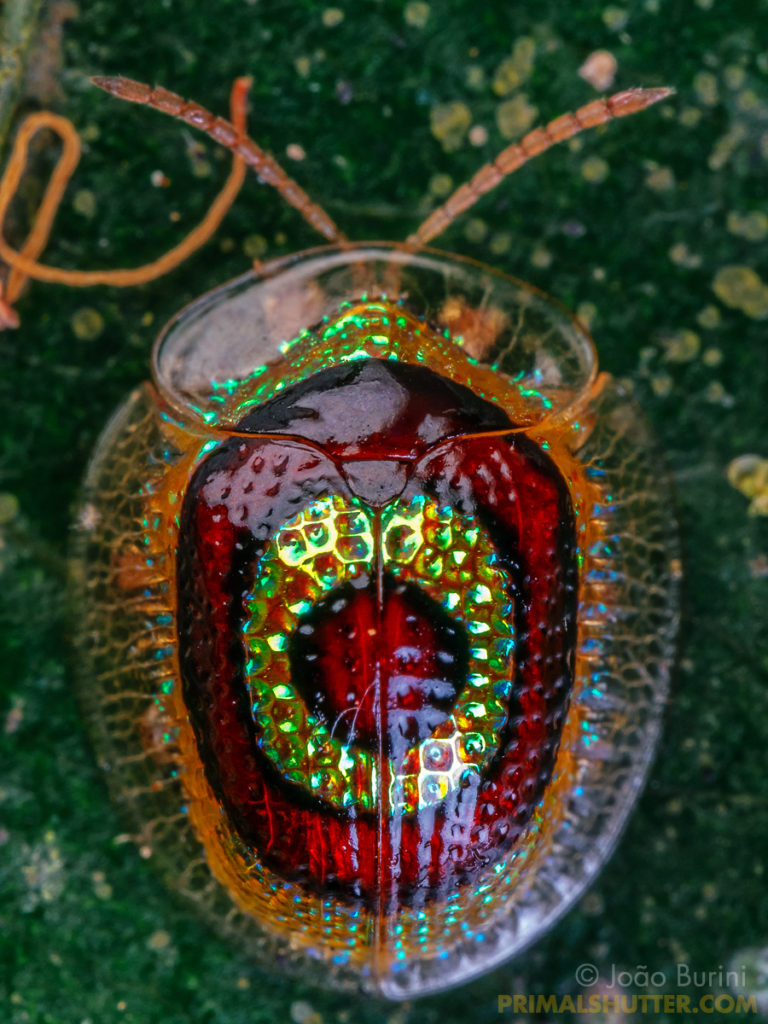
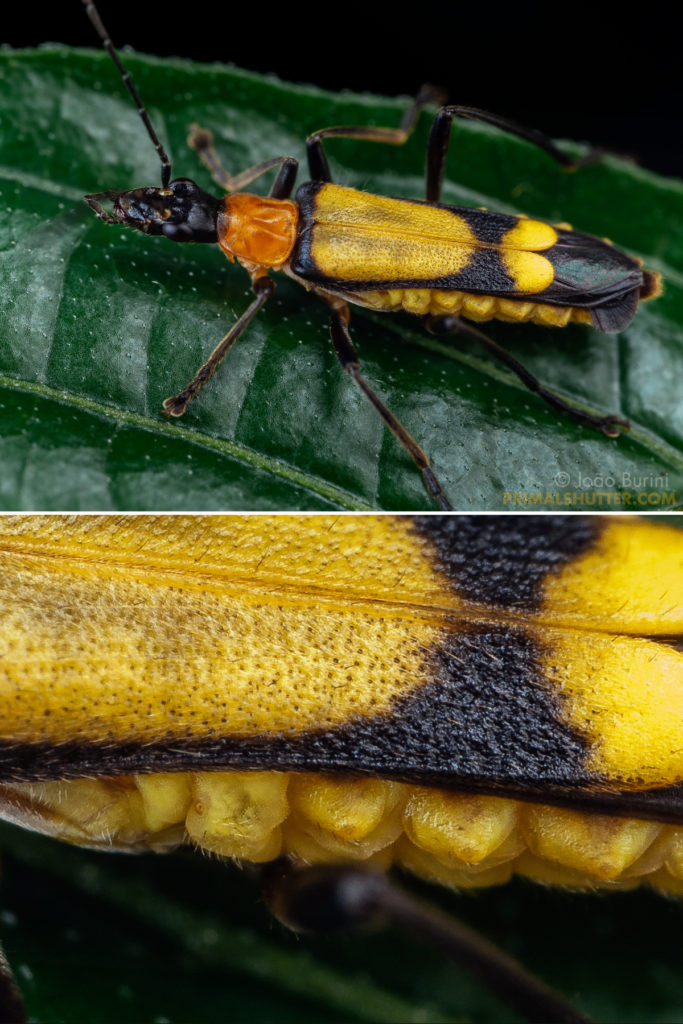
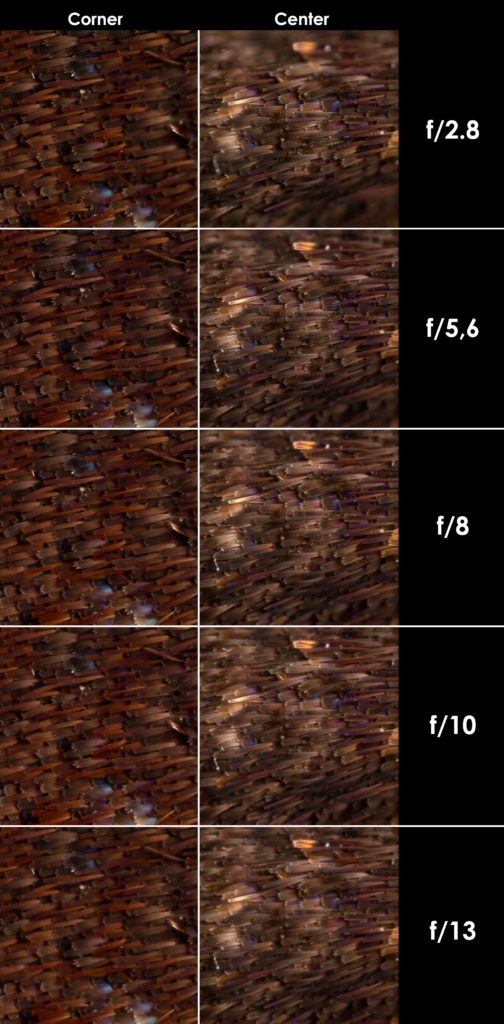
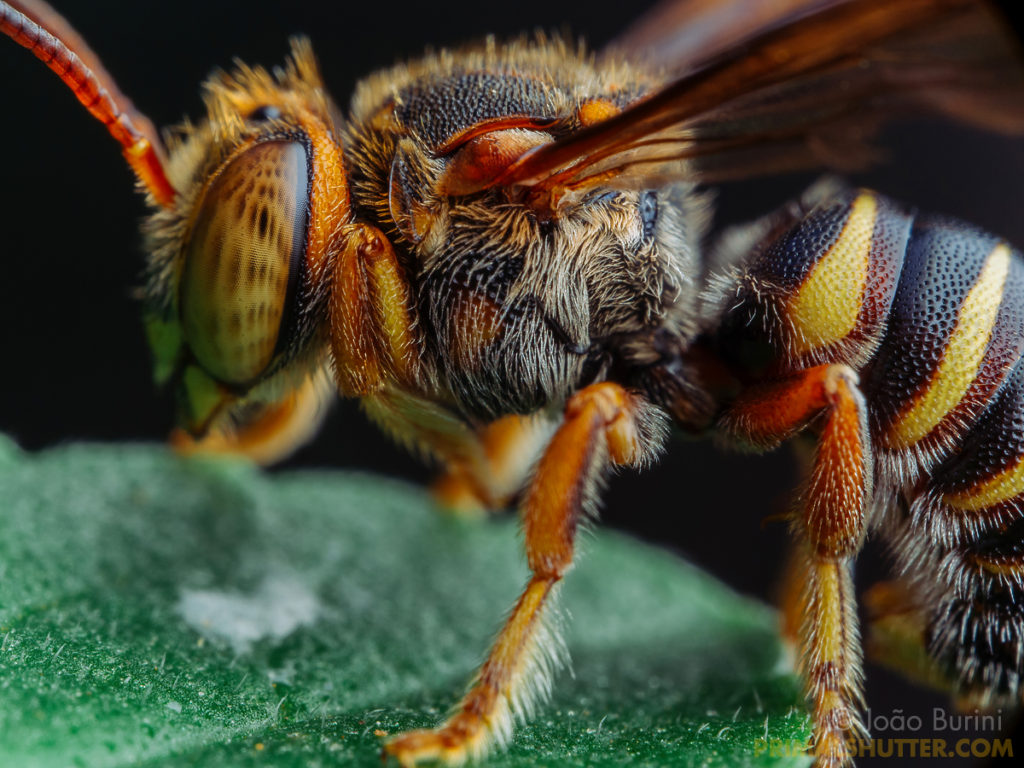
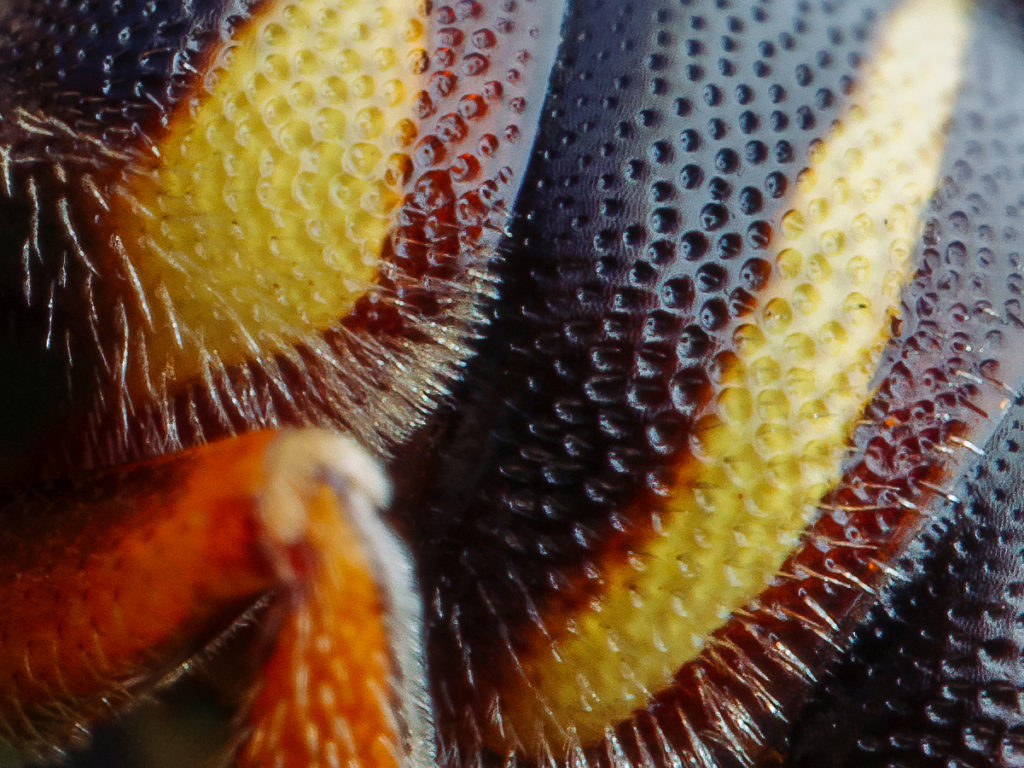
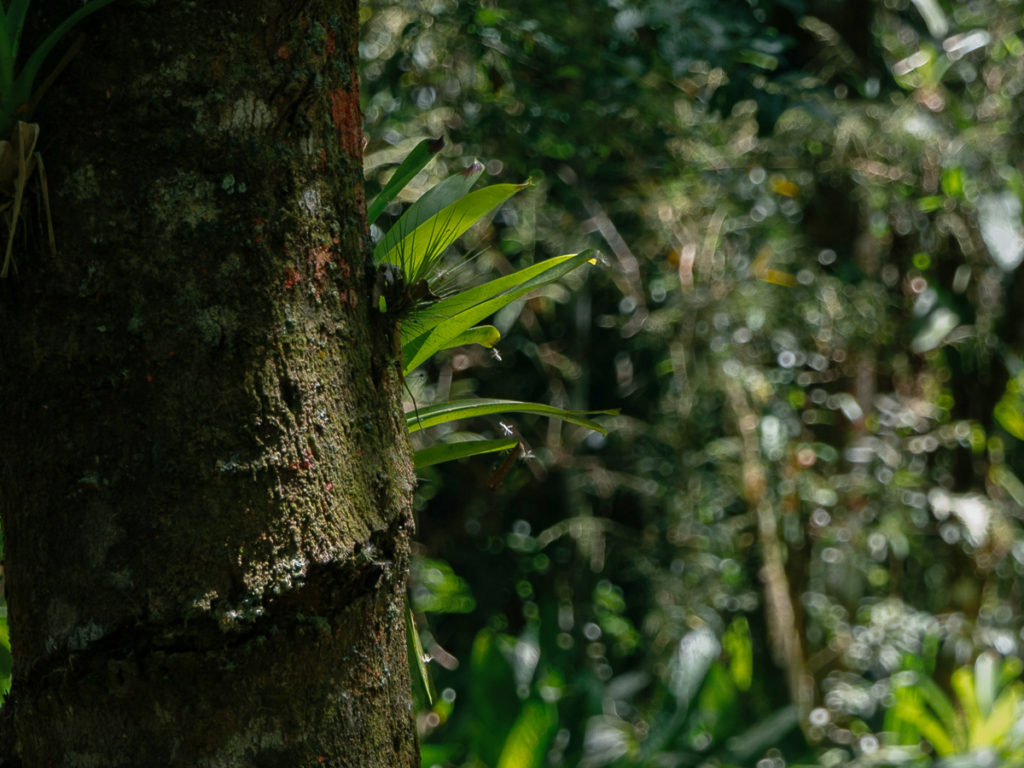
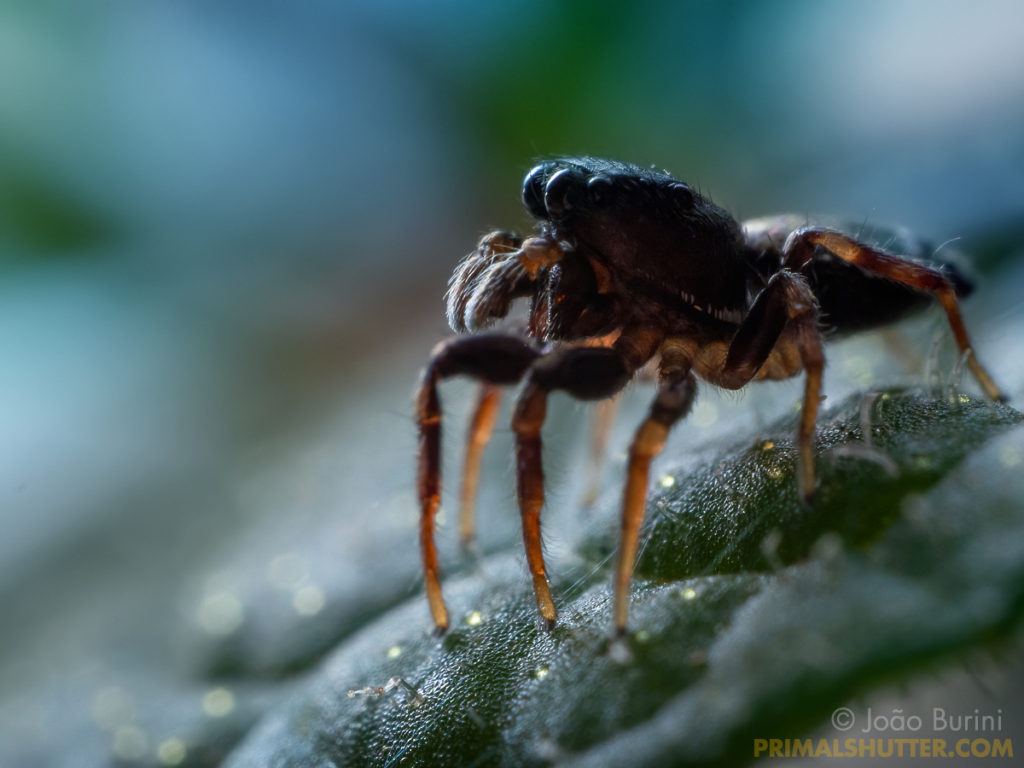
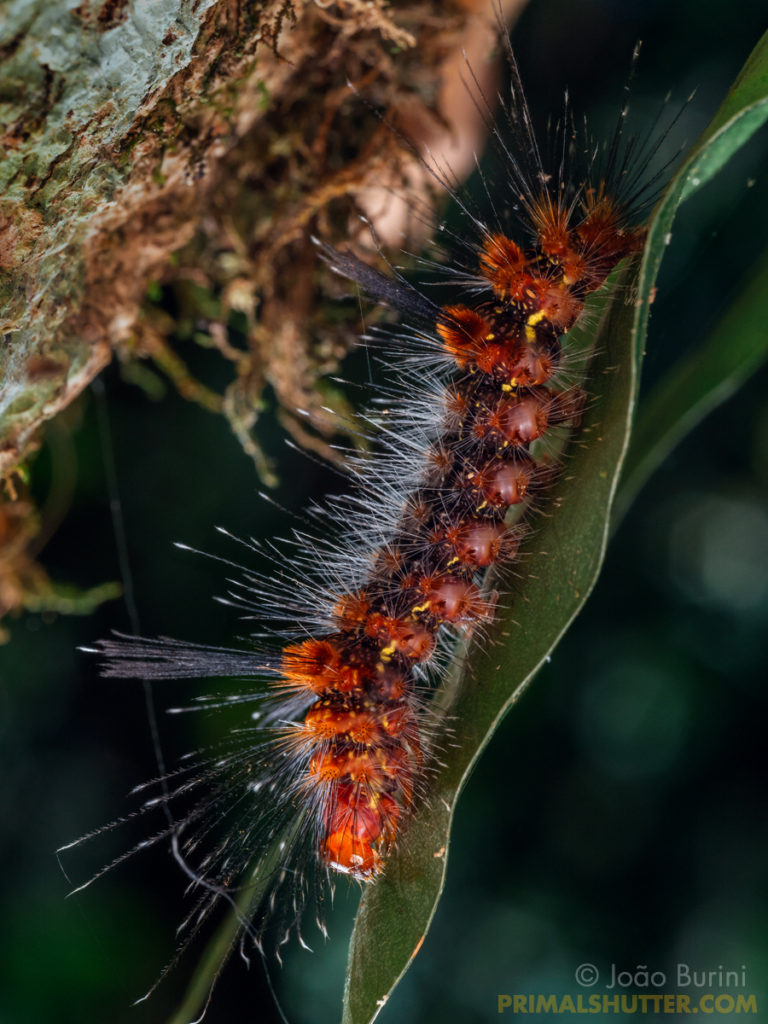
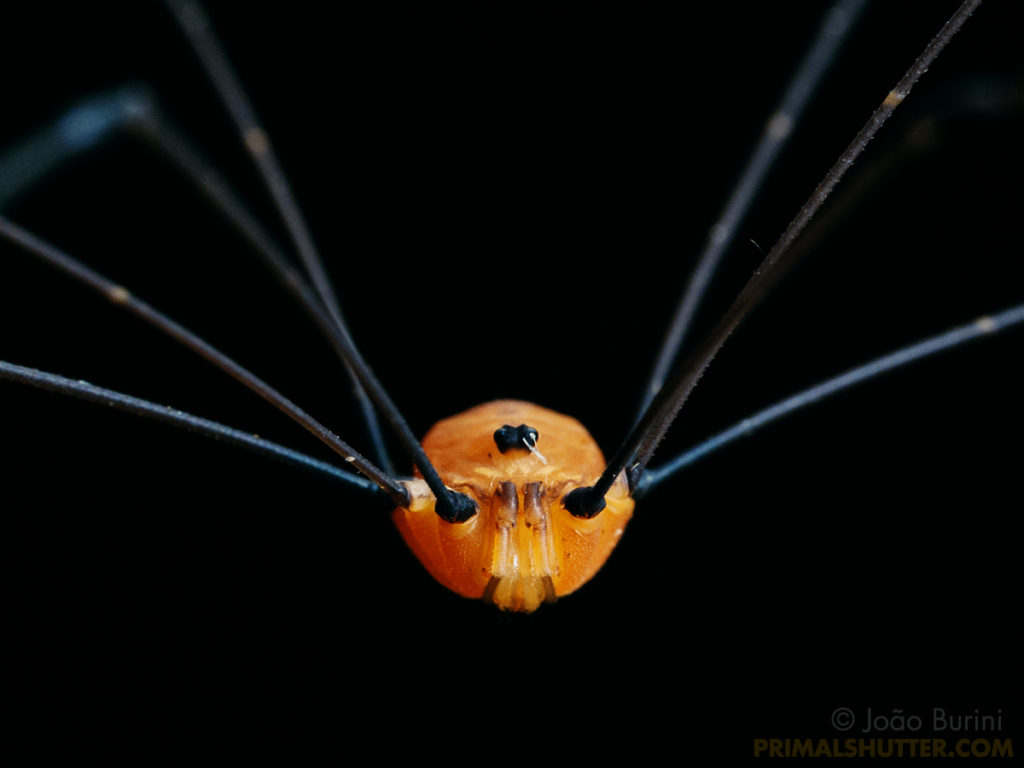
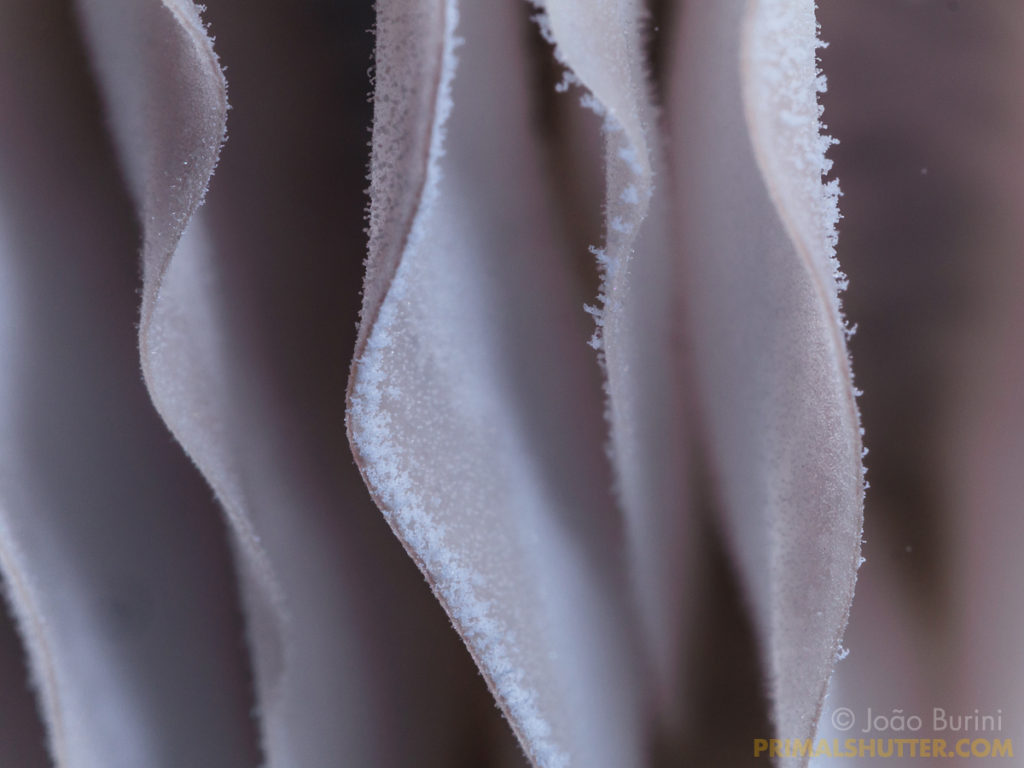
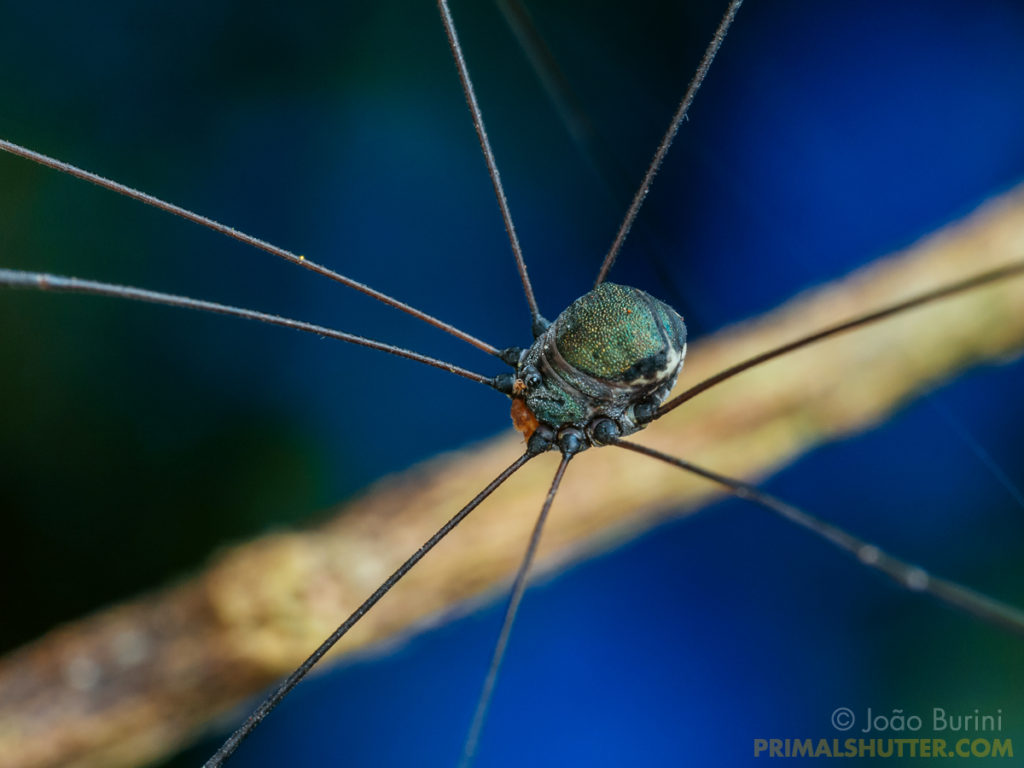
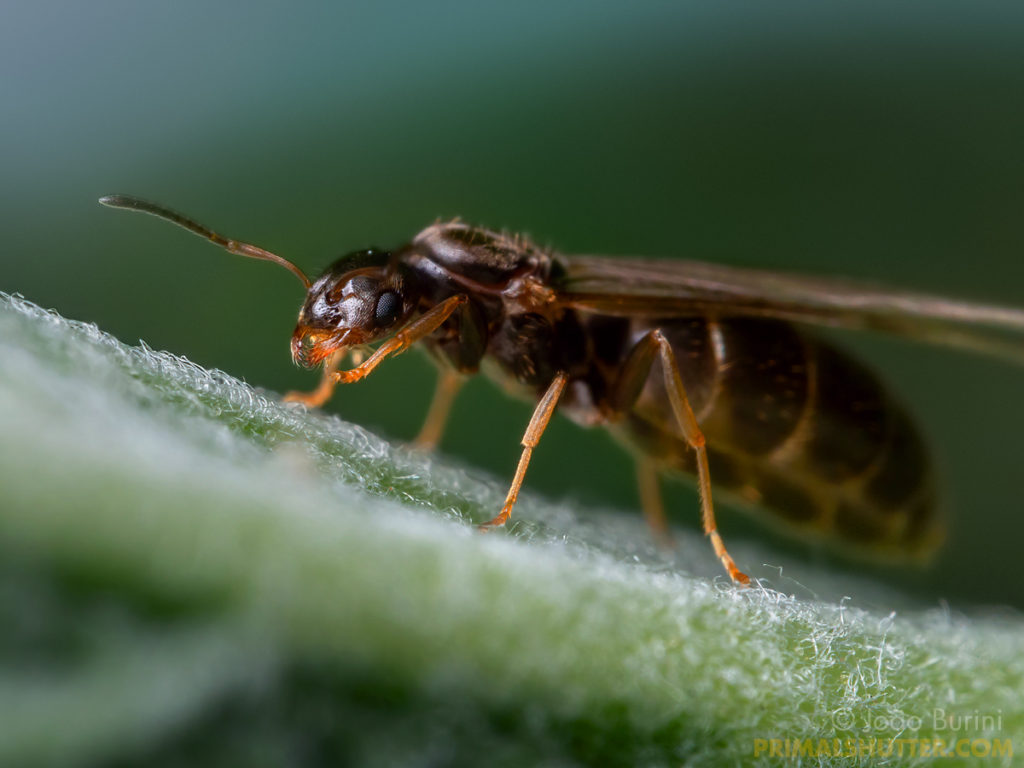
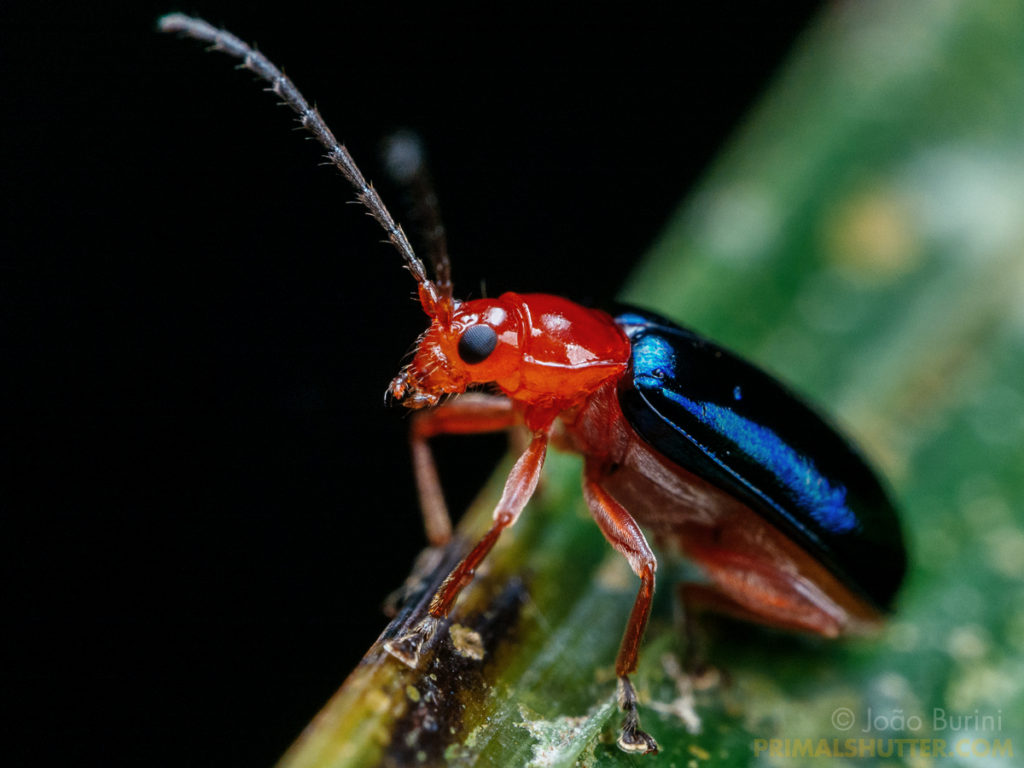
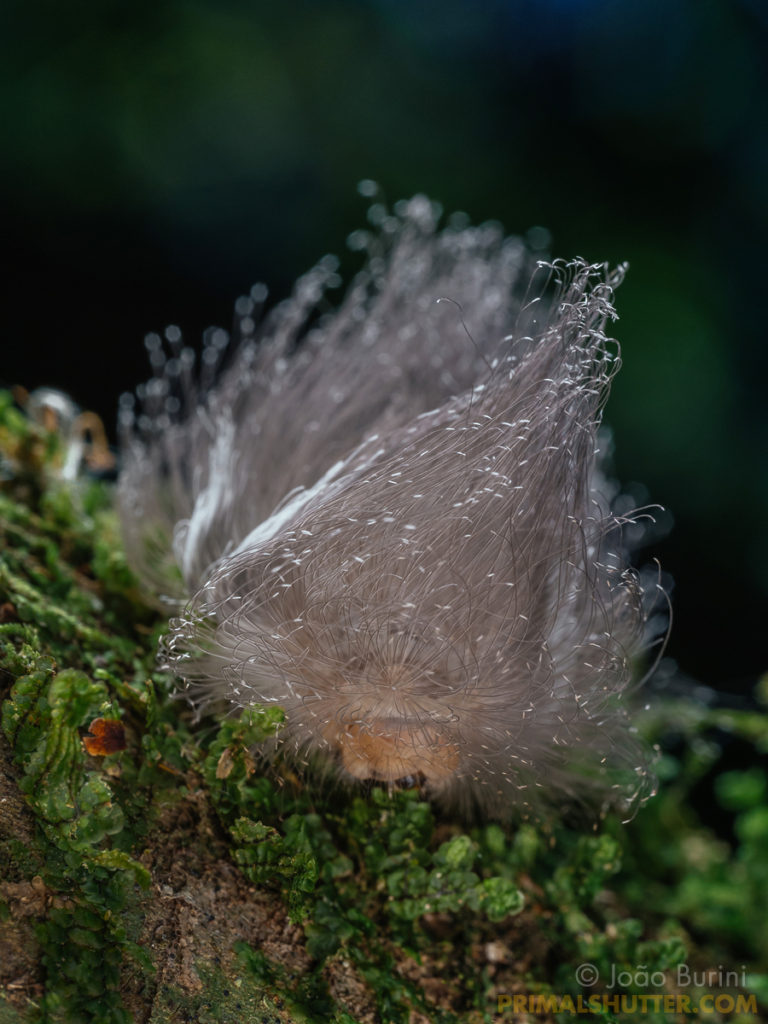
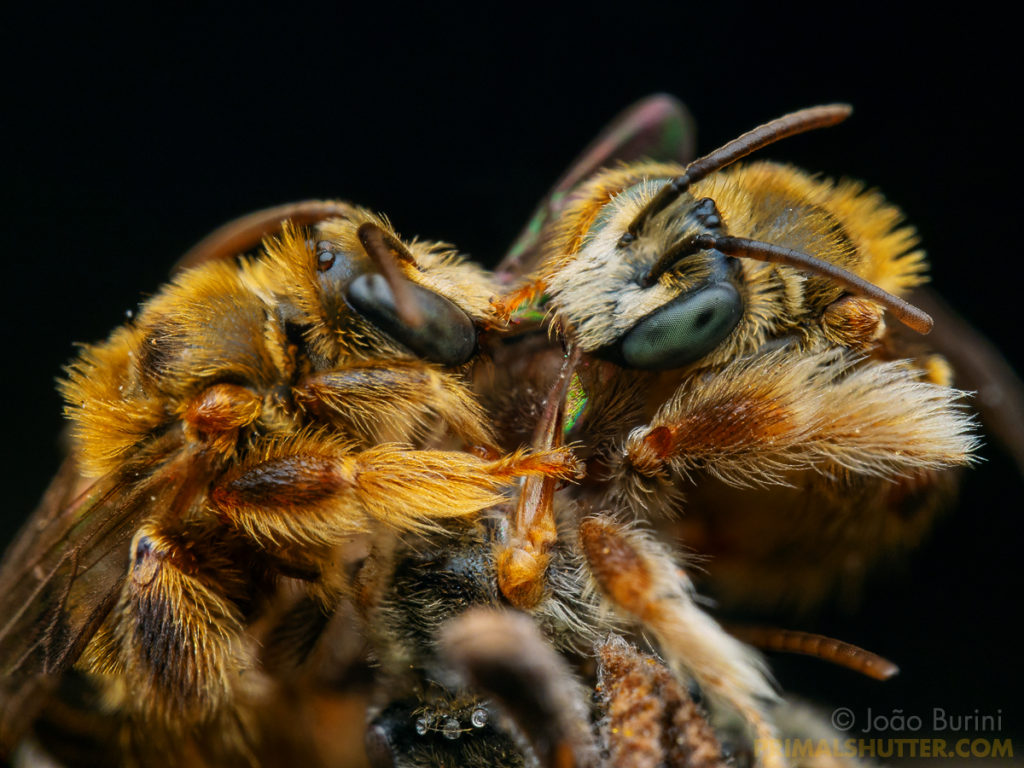
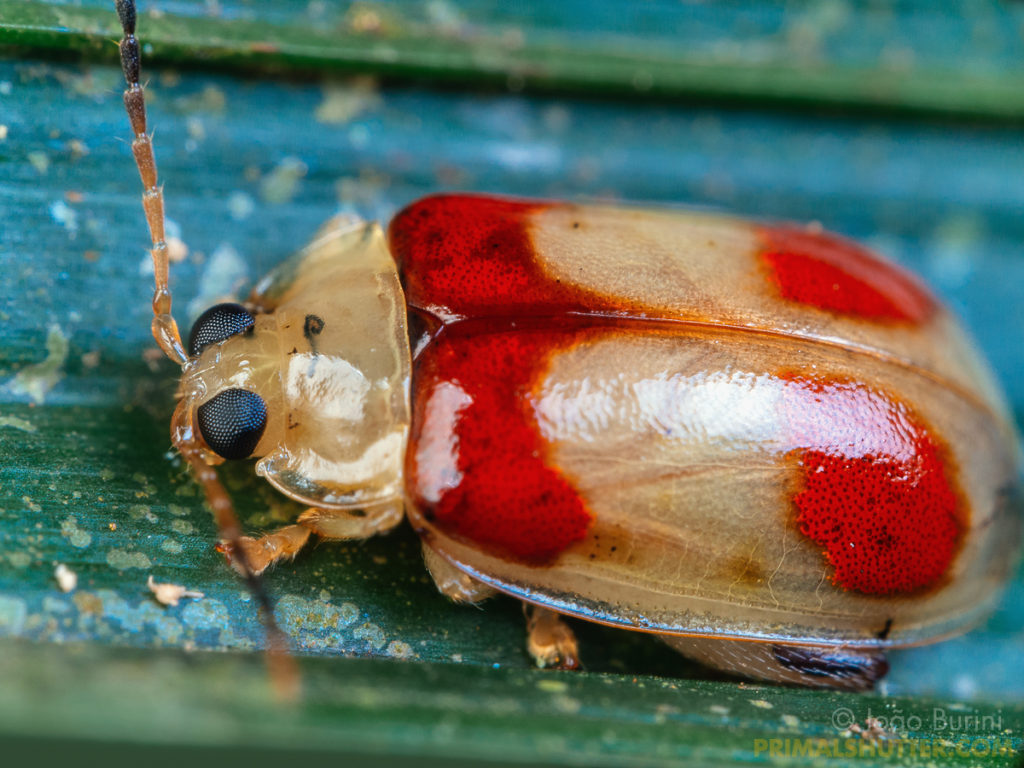
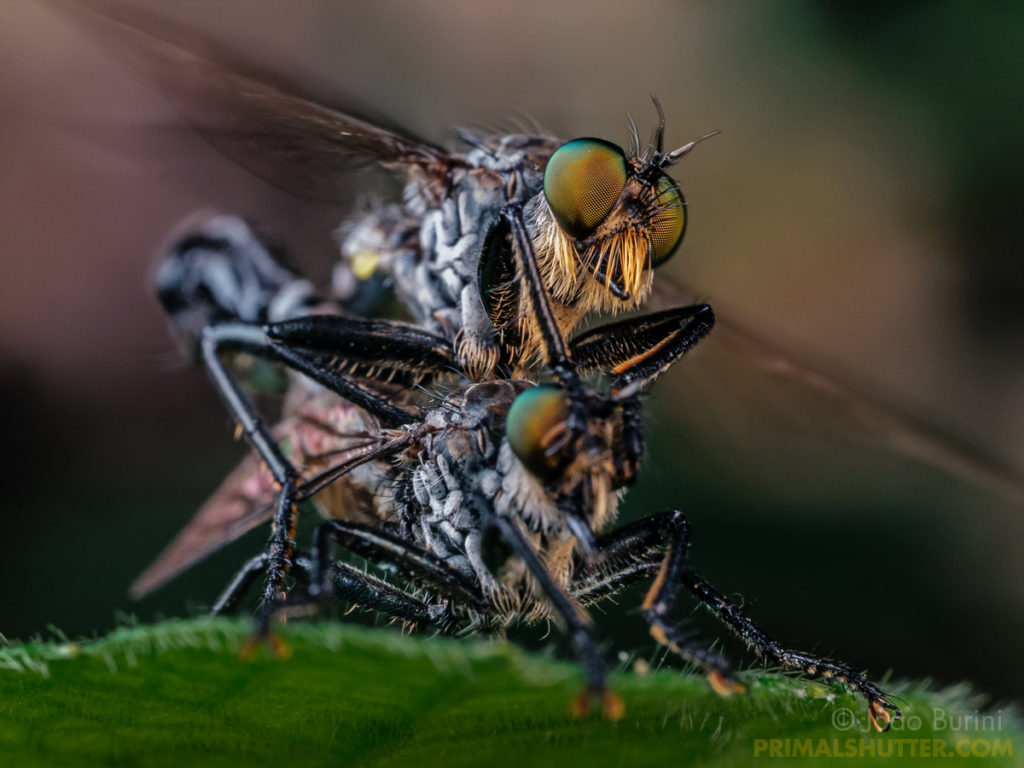
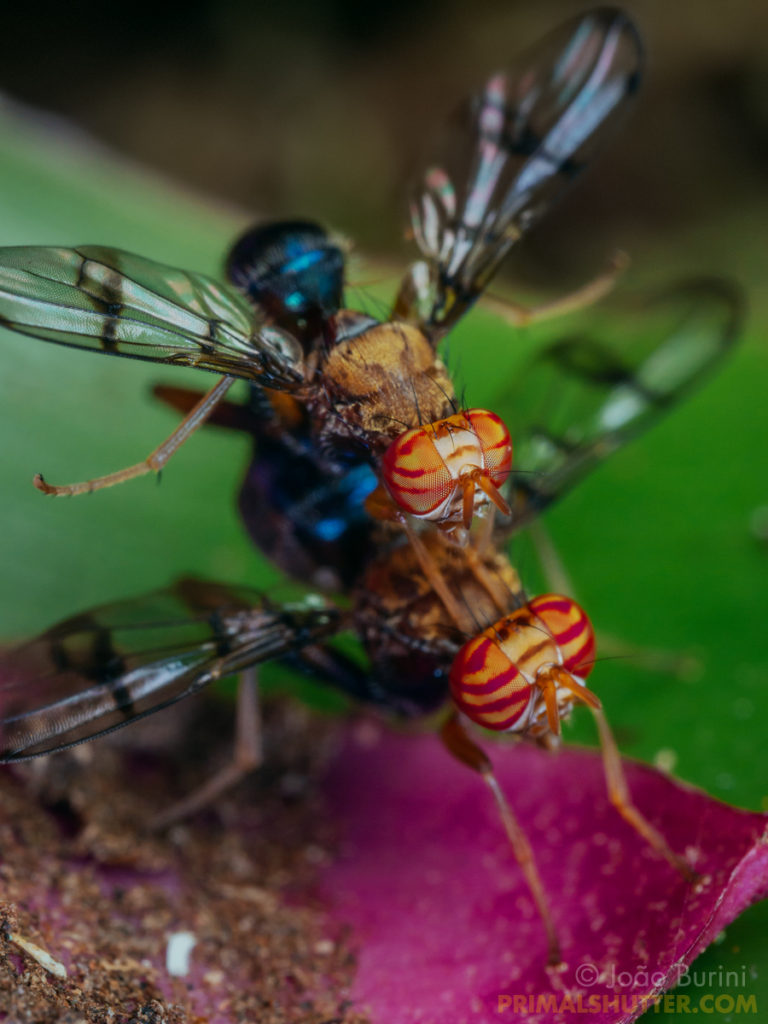
Beautiful photos! Wow, you are so talented.
Great photos.
Can you please tell us which flash you used and describe how you assembled the flash equipment and with what.
Jana
Thanks, Meike mk300 either on camera or radio triggered on a bracket to the right side diffused with a self made softbox, the same with a nissin di466 as a slave handheld on the left side (this one doesn’t show in the video because I already had the second camera on my left hand)